How Trump and Obama's executive orders on Muslim refugees and immigrants are similar and different

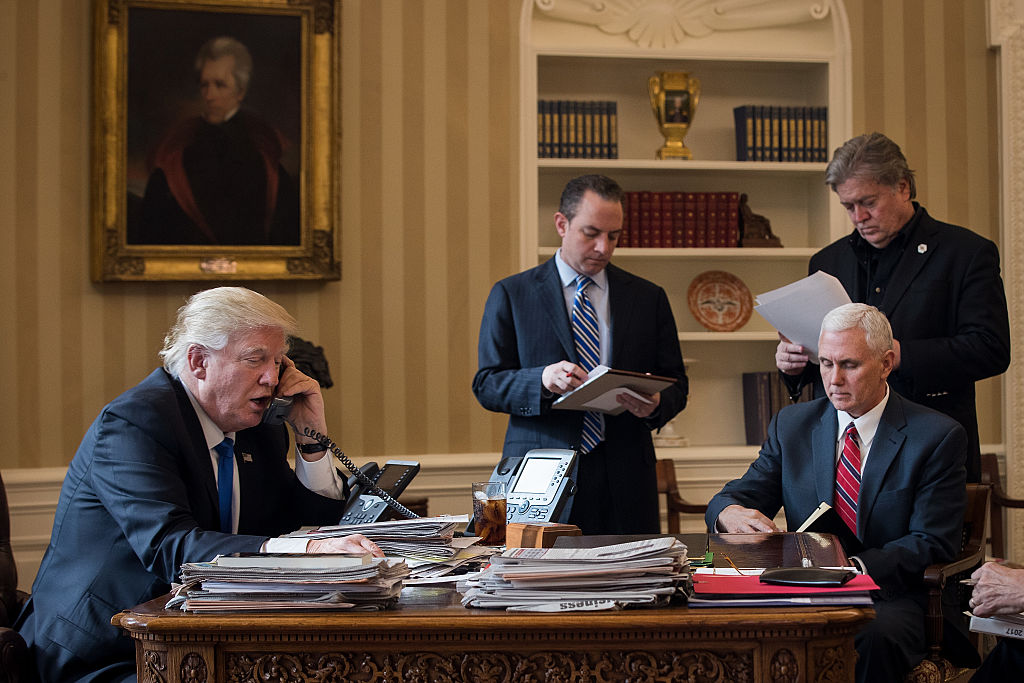
Reacting to criticism about his broad, chaotically rolled-out executive order indefinitely banning refugees and immigrants from Syria, suspending entry of all refugees for 120 days, and putting a 90-day stop to all travelers from six other majority-Muslim countries, President Trump protested that former President Barack Obama did it first. "My policy is similar to what President Obama did in 2011 when he banned visas for refugees from Iraq for six months," Trump wrote. "The seven countries named in the executive order are the same countries previously identified by the Obama administration as sources of terror."
There is some truth to that. But as Washington Post fact-checker Glenn Kessler said in awarding Trump two "Pinocchios" for the Obama comparison, the comparison is "facile" and misleading. If you don't remember Obama's 2011 executive order — the administration did not publicize it — it involved slowing down the approval of new visas for Iraqi nationals, following investigative findings that two Iraqi refugees were implicated in making improvised bombs targeting U.S. troops in Iraq. The policy also included re-vetting 58,000 Iraqi refugees already settled in the U.S., as then-Homeland Security Secretary Janet Napolitano explained to Congress in September 2011.
The slowdown in approving Iraqi visas did prompt negative news stories and complaints from civil liberties and refugee advocacy groups at the time, and did appear to result in many fewer Iraqi refugees arriving in the U.S. in 2011, though the numbers rebounded in 2012. It did not stop all visitors from Iraq from traveling to the U.S. or halt refugee or visa applications, and unlike Trump's order, it was tied to a specific threat.
The Week
Escape your echo chamber. Get the facts behind the news, plus analysis from multiple perspectives.

Sign up for The Week's Free Newsletters
From our morning news briefing to a weekly Good News Newsletter, get the best of The Week delivered directly to your inbox.
From our morning news briefing to a weekly Good News Newsletter, get the best of The Week delivered directly to your inbox.
Trump identified only Syria by name in his executive order, and the other six nations covered in the ban — Iran, Iraq, Libya, Somalia, Sudan, and Yemen — did come from a list of countries "of concern" identified by the Obama administration under a visa-related law enacted in December 2015, the Visa Waiver Program Improvement and Terrorist Travel Prevention Act. The list did not affect nationals of those seven countries, though; it meant that some citizens of the 38 allied (mostly Western) countries eligible for a special visa waiver program who had spent time in the seven "countries of concern" had to "obtain a visa for travel to the United States, which generally includes an in-person interview at a U.S. Embassy or Consulate," as U.S. Customs and Border Patrol explained.
The last major difference between the Trump and Obama actions are that Trump's small group of advisers, led by Stephen Bannon, reportedly did not consult or prepare any officials at the Departments of Justice, Homeland Security, and State when writing the executive order, and DHS Secretary John Kelly learned about the major policy shift he was supposed to enact on a briefing call as Trump was signing it, The New York Times reports. CBP officials are still figuring out what the policy covers. Obama, meanwhile, "ran executive orders through a painstaking weeks-long process of soliciting feedback from agencies and briefing lawmakers," a "former official" tells Politico. "Sometimes it even asked expert lawyers in the private sector to check its work."
A free daily email with the biggest news stories of the day – and the best features from TheWeek.com
Peter has worked as a news and culture writer and editor at The Week since the site's launch in 2008. He covers politics, world affairs, religion and cultural currents. His journalism career began as a copy editor at a financial newswire and has included editorial positions at The New York Times Magazine, Facts on File, and Oregon State University.
-
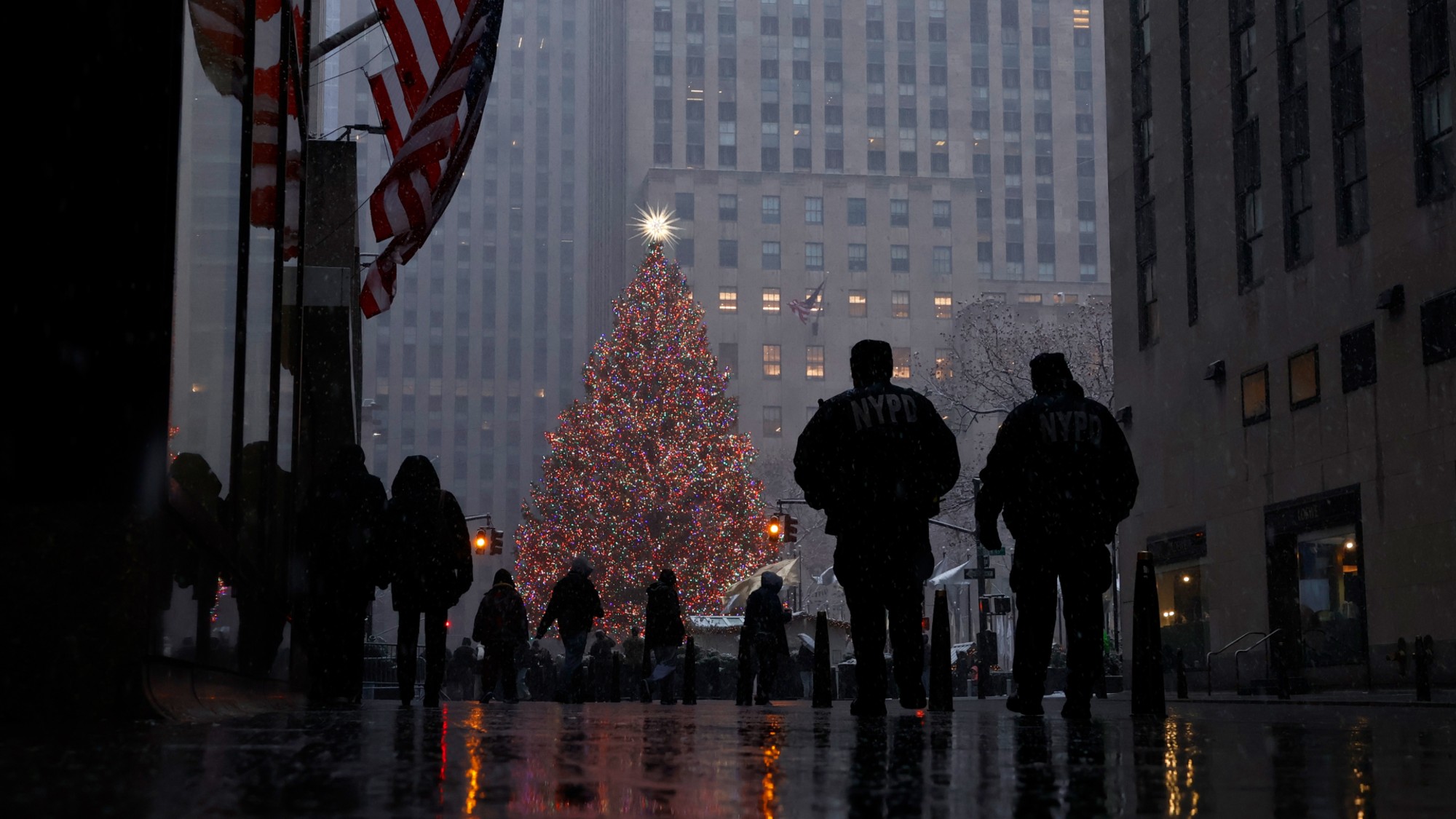 How climate change is affecting Christmas
How climate change is affecting ChristmasThe Explainer There may be a slim chance of future white Christmases
-
 The MAGA civil war takes center stage at the Turning Point USA conference
The MAGA civil war takes center stage at the Turning Point USA conferenceIN THE SPOTLIGHT ‘Americafest 2025’ was a who’s who of right-wing heavyweights eager to settle scores and lay claim to the future of MAGA
-
 The 8 best drama movies of 2025
The 8 best drama movies of 2025the week recommends Nuclear war, dictatorship and the summer of 2020 highlight the most important and memorable films of 2025
-
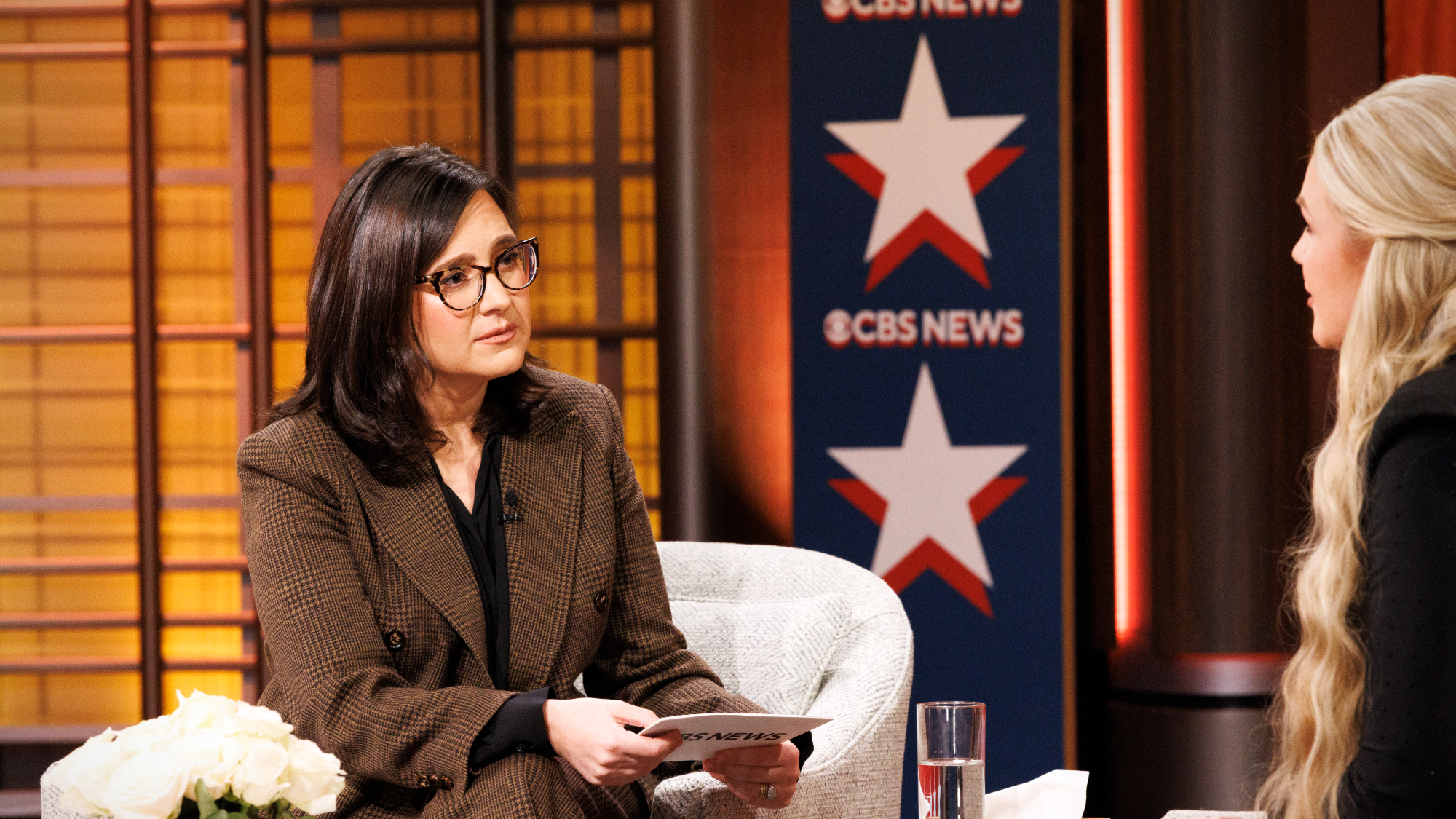 CBS pulls ‘60 Minutes’ report on Trump deportees
CBS pulls ‘60 Minutes’ report on Trump deporteesSpeed Read An investigation into the deportations of Venezuelan migrants to El Salvador’s notorious prison was scrapped
-
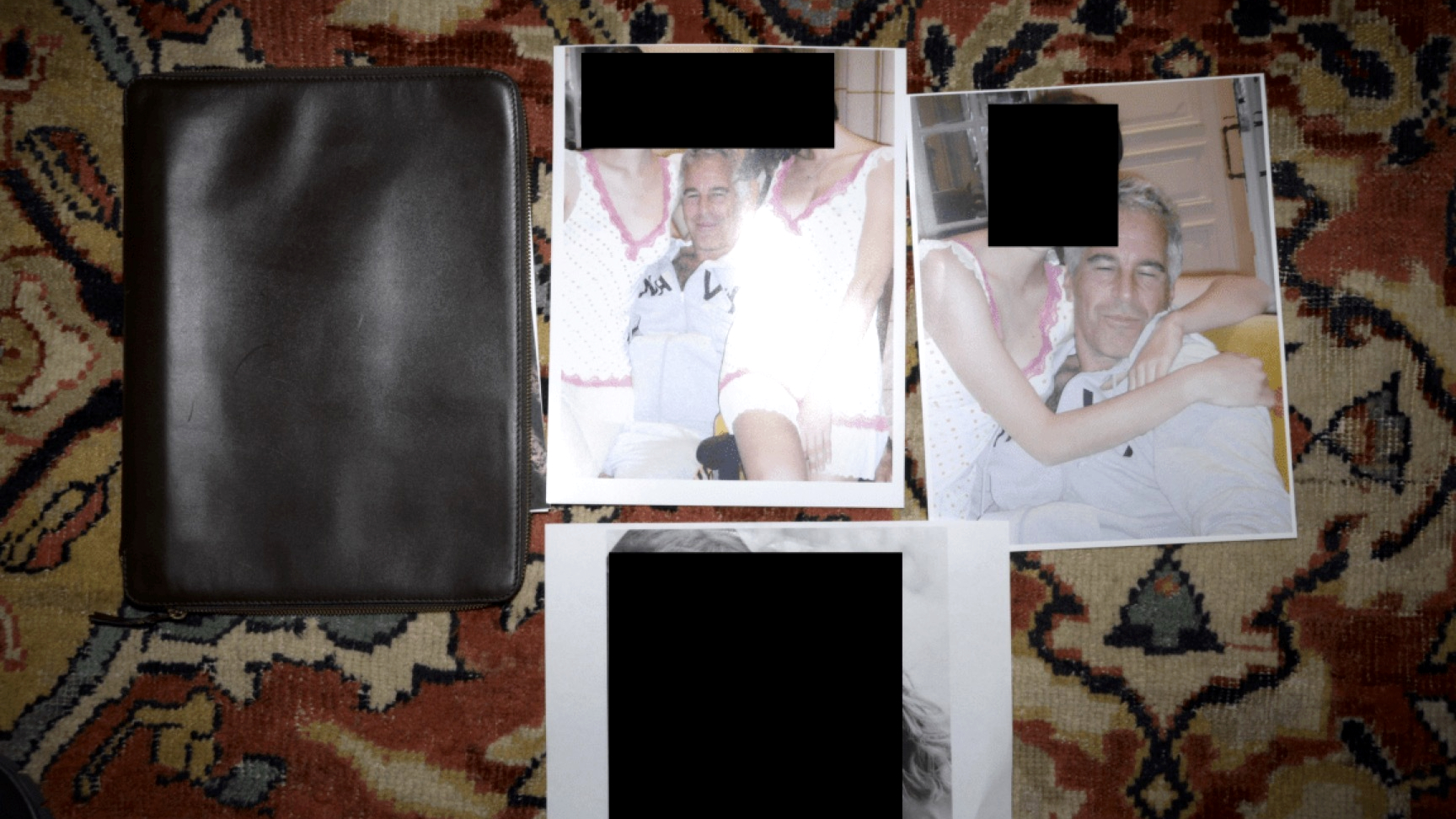 Trump administration posts sliver of Epstein files
Trump administration posts sliver of Epstein filesSpeed Read Many of the Justice Department documents were heavily redacted, though new photos of both Donald Trump and Bill Clinton emerged
-
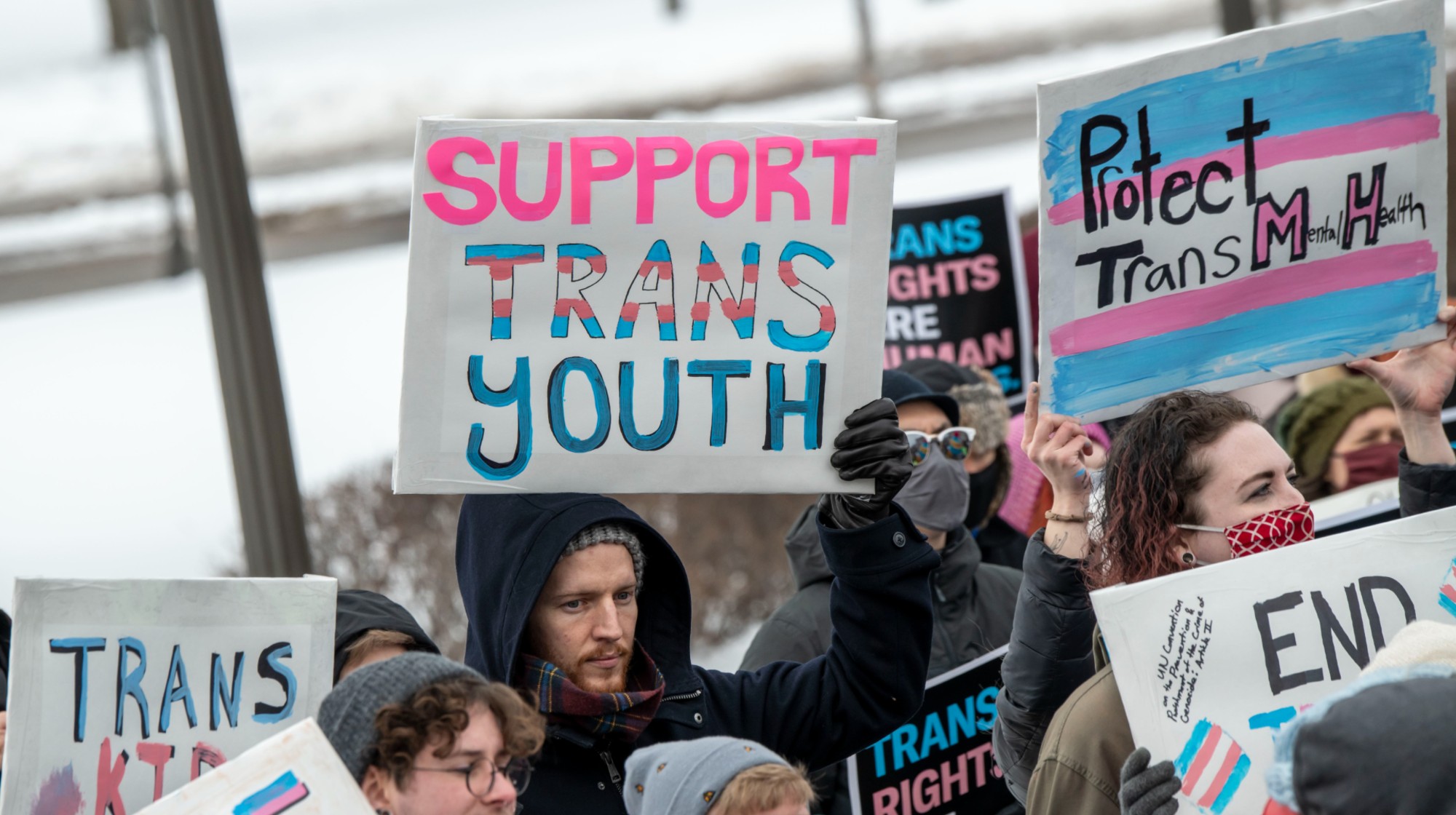 Trump HHS moves to end care for trans youth
Trump HHS moves to end care for trans youthSpeed Read The administration is making sweeping proposals that would eliminate gender-affirming care for Americans under age 18
-
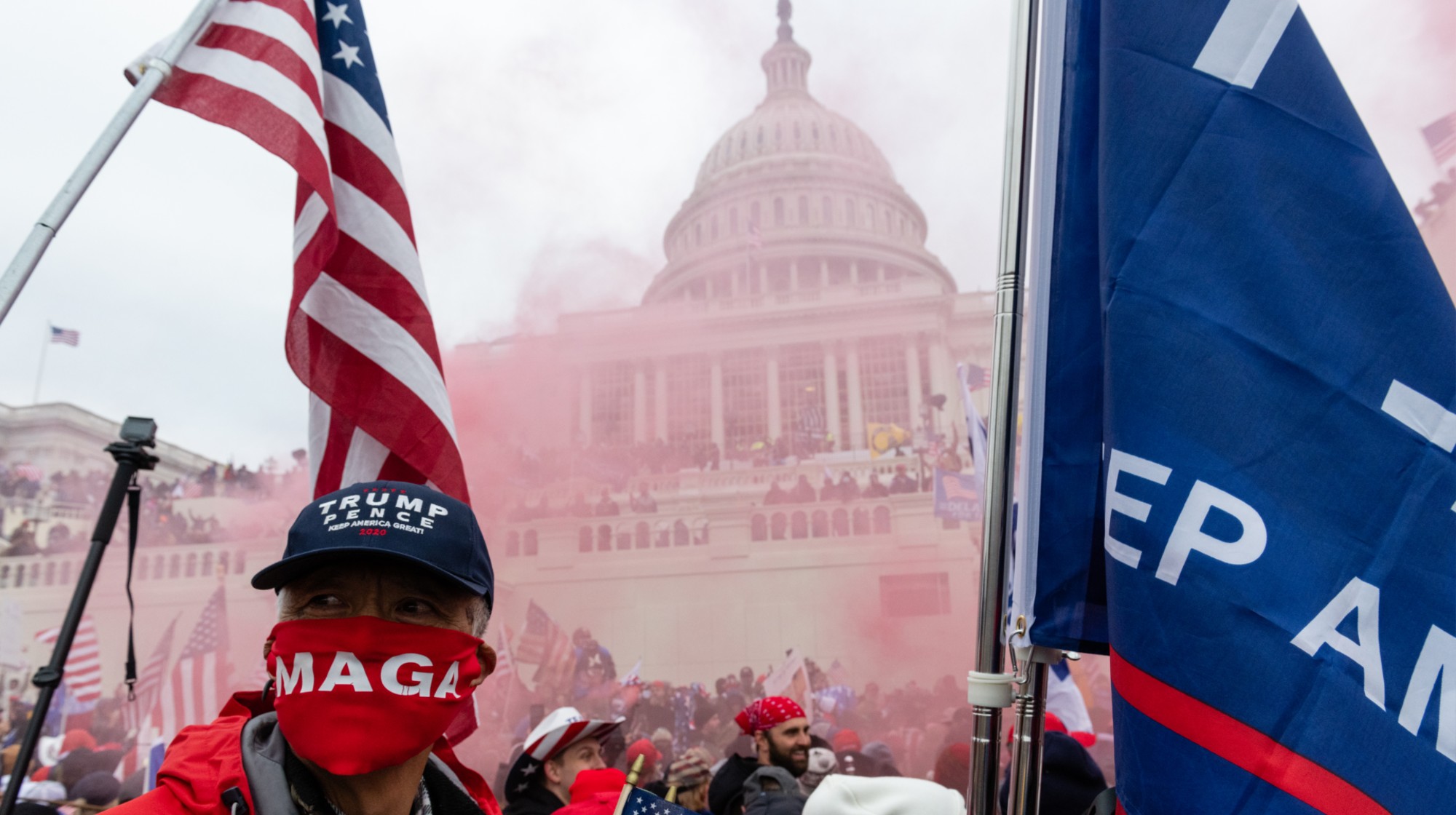 Jack Smith tells House of ‘proof’ of Trump’s crimes
Jack Smith tells House of ‘proof’ of Trump’s crimesSpeed Read President Donald Trump ‘engaged in a criminal scheme to overturn the results of the 2020 presidential election,’ hoarded classified documents and ‘repeatedly tried to obstruct justice’
-
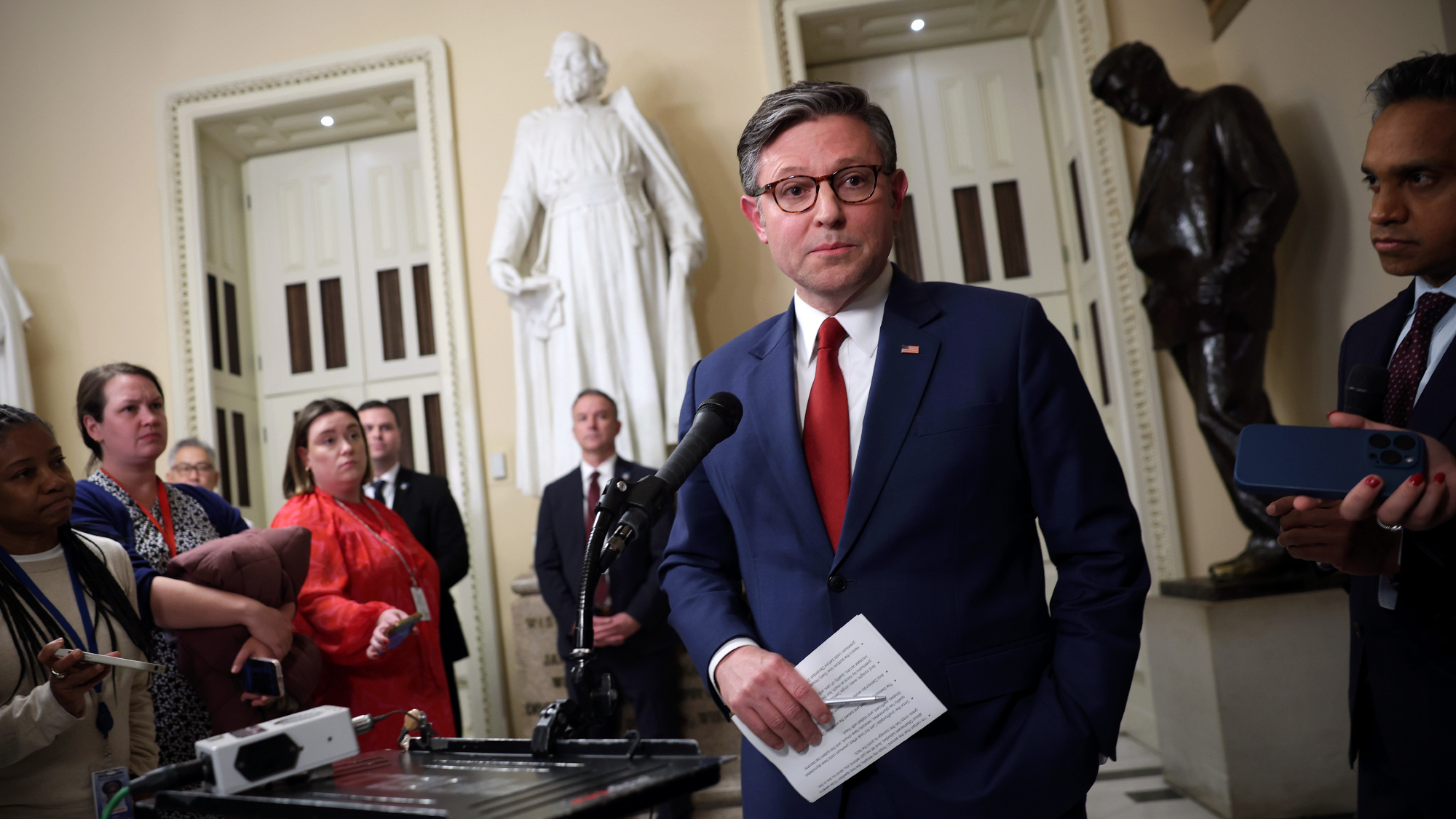 House GOP revolt forces vote on ACA subsidies
House GOP revolt forces vote on ACA subsidiesSpeed Read The new health care bill would lower some costs but not extend expiring Affordable Care Act subsidies
-
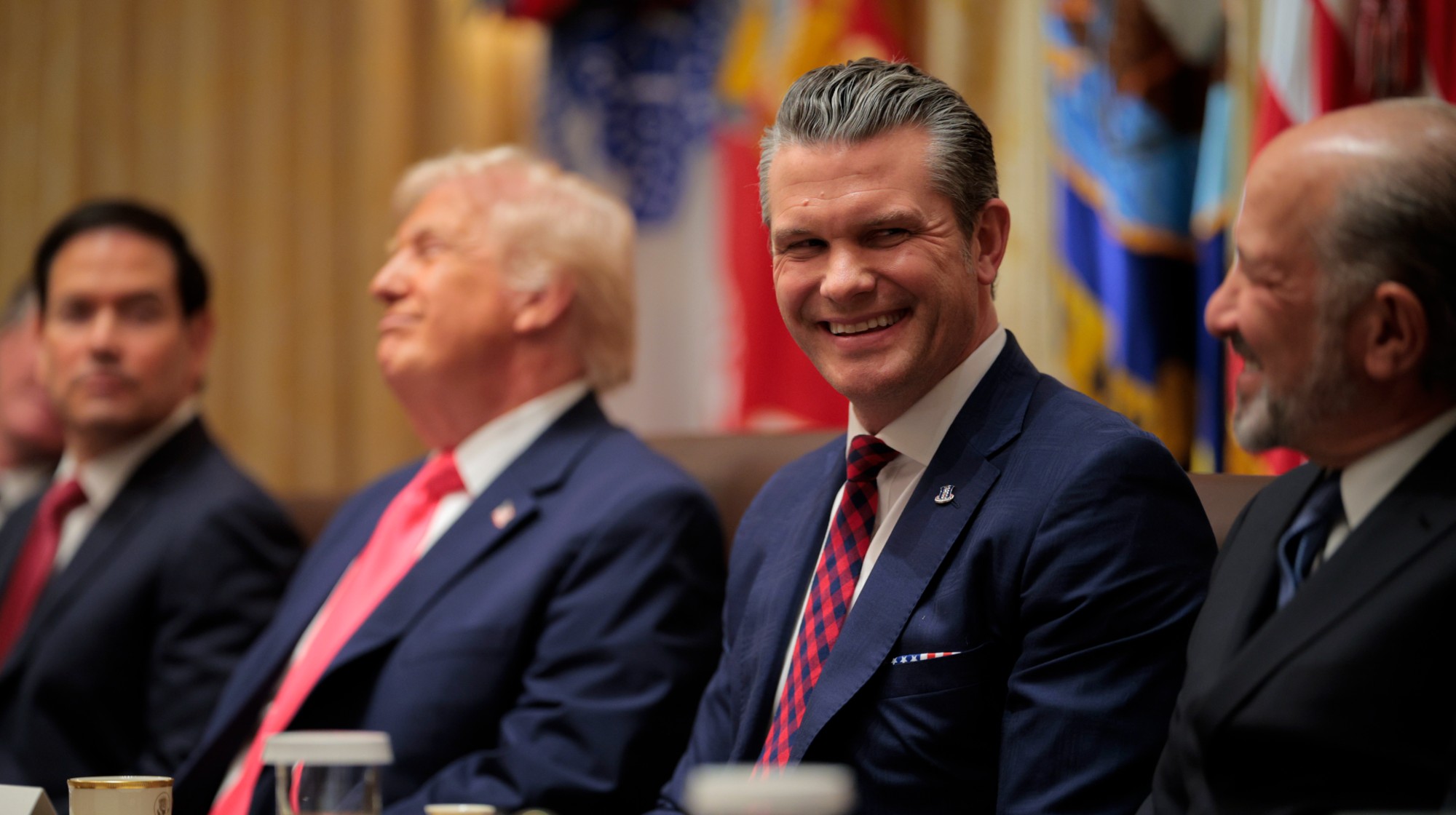 Hegseth rejects release of full boat strike footage
Hegseth rejects release of full boat strike footageSpeed Read There are calls to release video of the military killing two survivors of a Sept. 2 missile strike on an alleged drug trafficking boat
-
 Trump vows naval blockade of most Venezuelan oil
Trump vows naval blockade of most Venezuelan oilSpeed Read The announcement further escalates pressure on President Nicolás Maduro
-
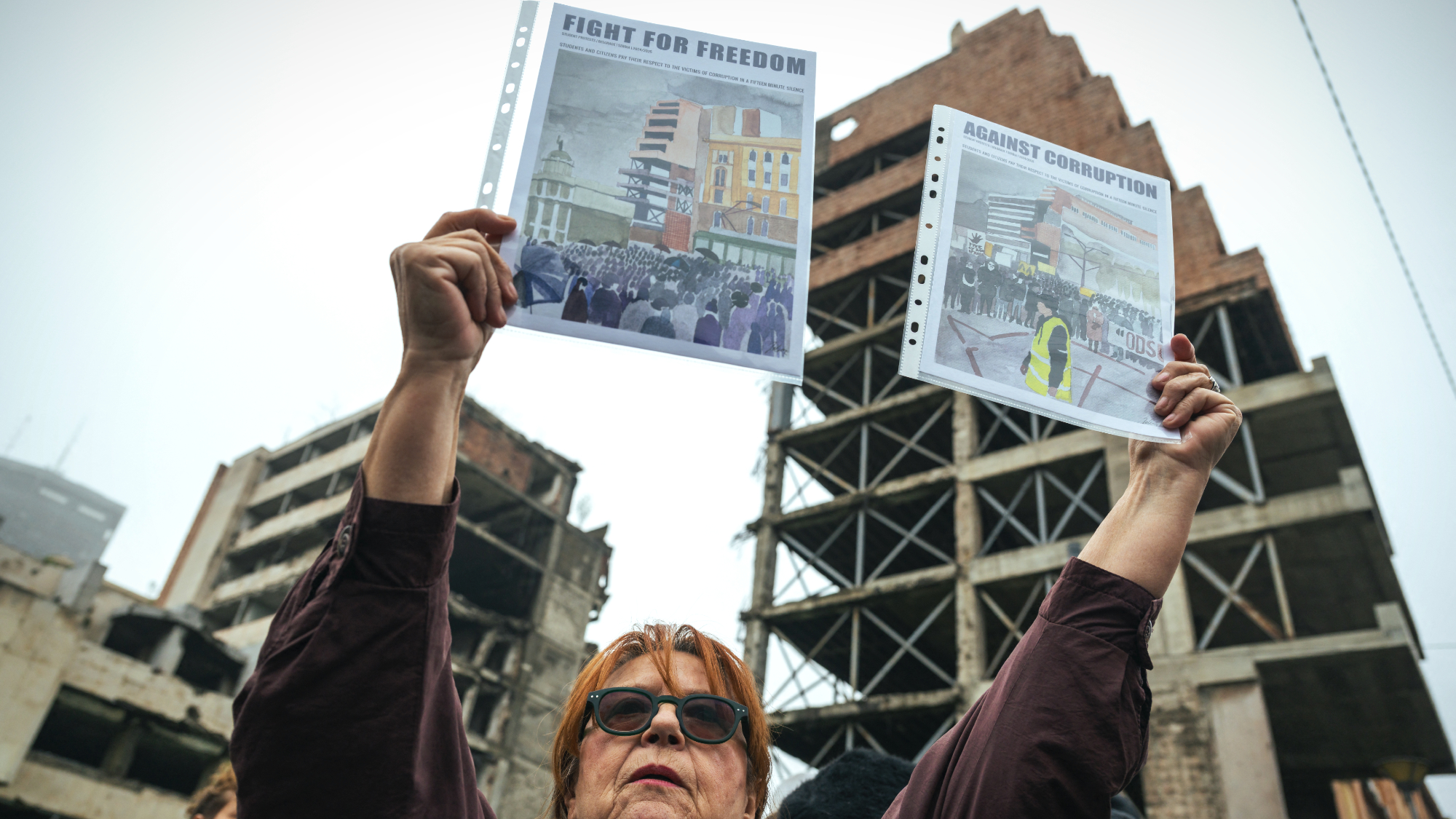 Kushner drops Trump hotel project in Serbia
Kushner drops Trump hotel project in SerbiaSpeed Read Affinity Partners pulled out of a deal to finance a Trump-branded development in Belgrade
